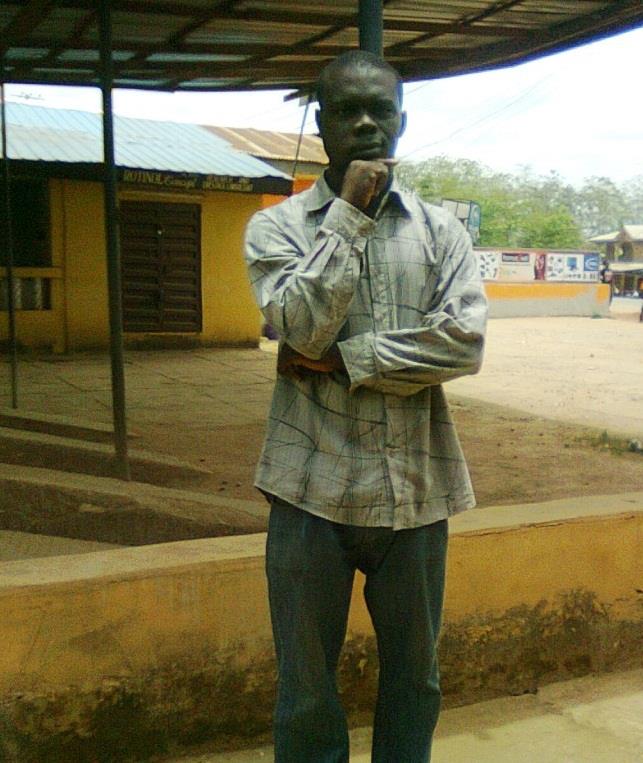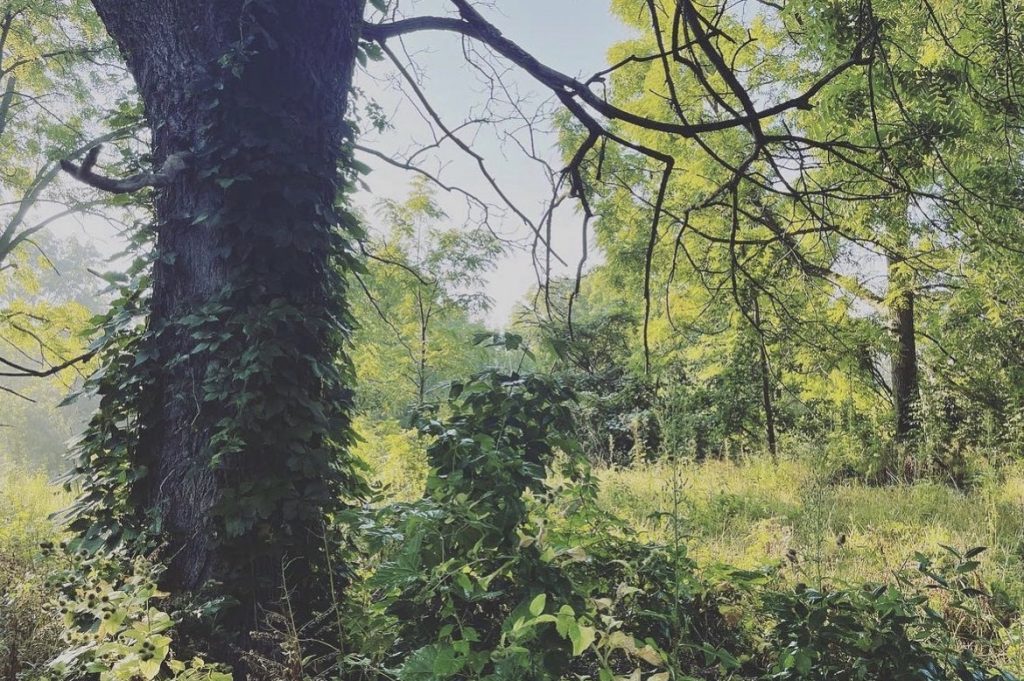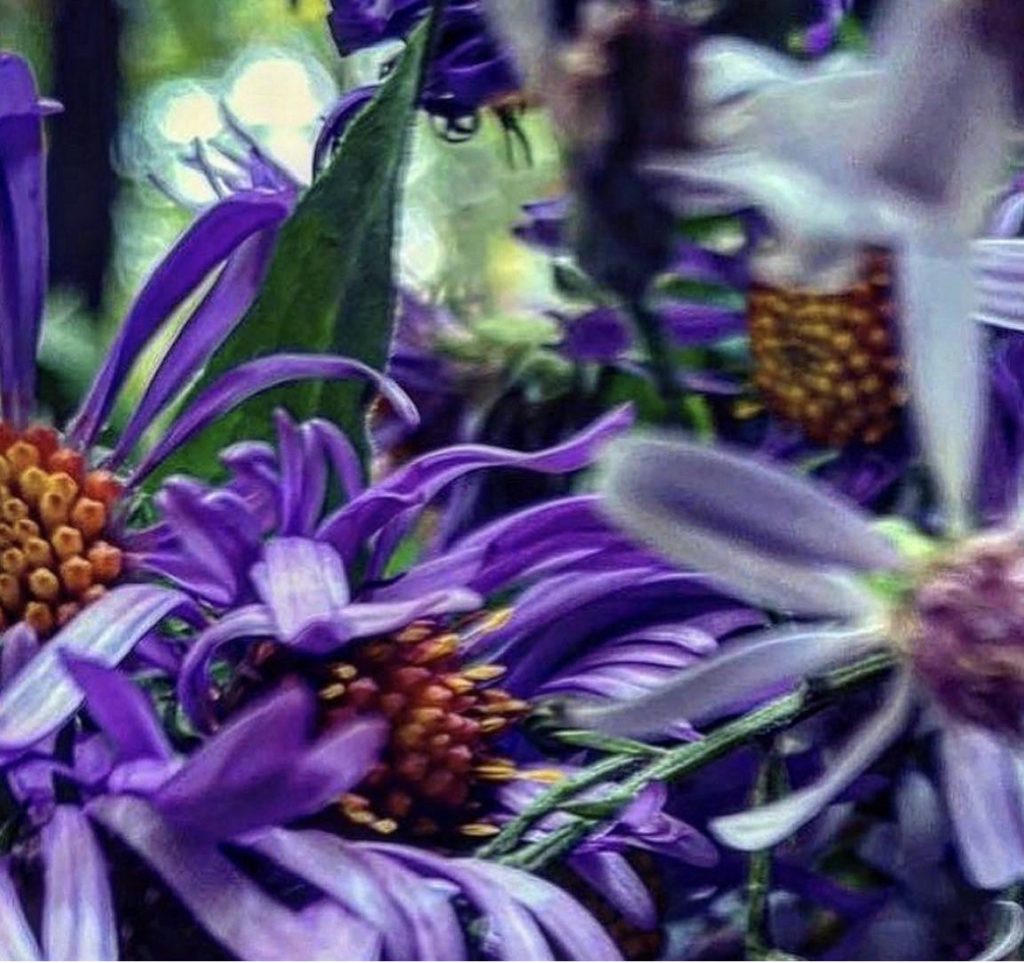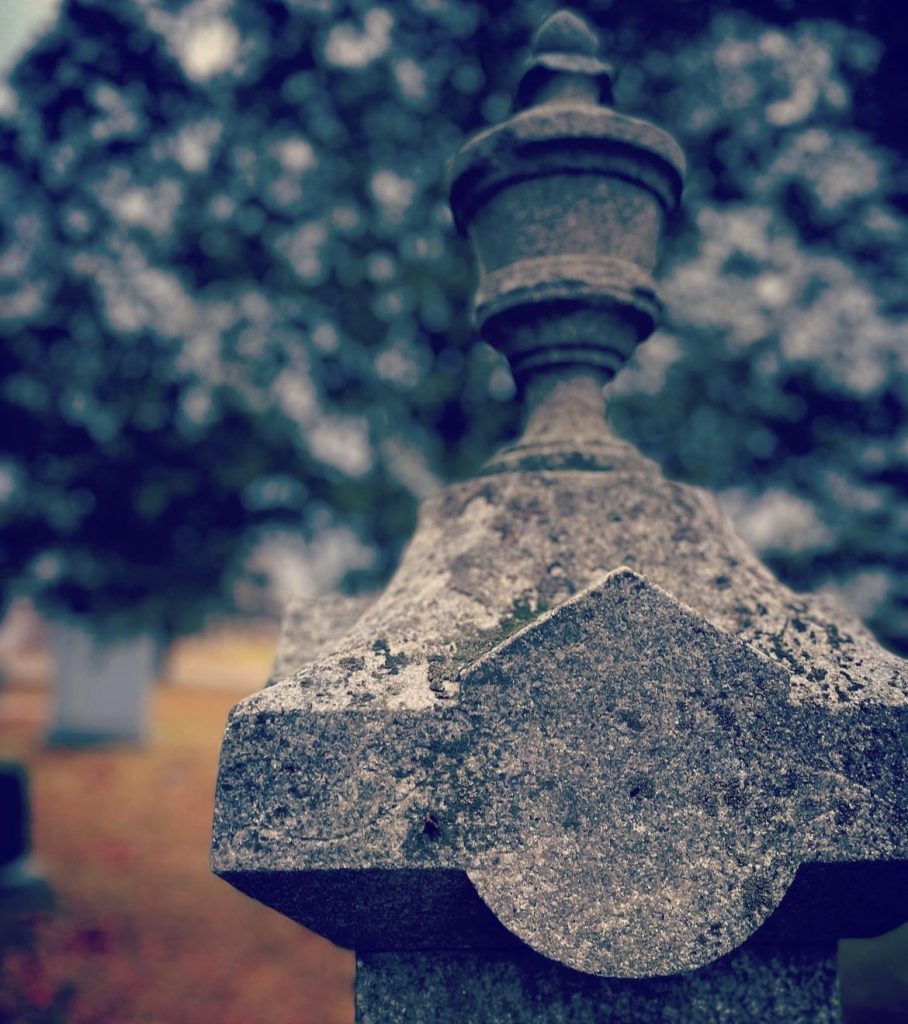In Choreographed Shoes
LeT
the
HEAT
::::::::::::
in
##########
##########OVERGROUND
##########
##########UNDERGROUND
a new space for listening
gra
gra
gra
gra
grad
gradual removal of
the
swing
((((((((((((((((((((((((((((((((((((((((((((((((((((((((((((((((((((((
what
a
way
to((((((((((((((((((((((((((((((((((((((((((((move it
LEG UP
[mouth down]
LEG UP
[month down]
'''''''''''''''and i have seen it!!!!!!!!!!!!!''''''''''''''''''''''''''
.o.h..h.o.w..b.e.a.u.t.i.f.u.l..i.t..w.a.s..
look (sound of nothing)
Montevideo (in outline) (or stereo)
L
I
F
T
*with
*your
am
am
am
am am am am am am am am am am am
am am am am am am am am am am am
am am am am am am am am am am am
AMPLIFICATION
condense into
ra##############
ra##############
ra##############
ra##############
the carousel in
coloured
red
now
Out [there] going [zoom]
as
seen
within
as
...........planetscape
so touch
[a[n[d
FEEL
0000000000000000000000000000000000
such---------------------------------------------------
----------------------------------+
+
+
+
0
0
0
0
0
tight
collision
name? [given]
source? [given]
armistice
step
lean
step
000000000000000000000000000000000000000
000000000000000000000000000000000000000
000000000000000000000000000000000000000
00000000000000000000000000000000000000
a shackle
Petrichor [has] [as] a name
sleeping in the
''''''''''''''''''''''''''''''''''''''''''''''''''''''''''''''''''''''''''''''''''''''''''''''''''''''''''''
'''''''''''''''''''''''''''''''''''''''''''''SHADE''''''''''''''''''''''''''''''''''''''''''''
the ■
millennium after
the sight of
.......................APES
grovel
grovel
i think i'll
go back up
the building
////////////////////////////////////////////////////////////
///////////////////////////////////////////////////////////
//////////////////////////////////////////////////////////
it was//////////////////////////////////////////////////////
;;;;;;;;;;;;;;;;;;;;;;;;;;;;;;;;;;;;;;;;;;;;;;;;;;;;;;;;;;;;;;;;;;;;;;;
cooler
;;;;;;;;;;;;;;;;;;;;;;;;;;;;;;;;;;;;;;;;;;;;;;;;;;;;;;;;;;;;;;;;;;;;;;;;;;;
in
#############################################
##############################################
there
●●●●●●●●●●●●●●●●●●●●●●●●THAT'S
●●●●●●●●●●●●●●●●●●●●●●●●WHAT
●●●●●●●●●●●●●●●●●●●●●●●●THIS
●●●●●●●●●●●●●●●●●●●●●●●●WAS
●●●●●●●●●●●●●●●●●●●●●●●●ABOUT
! (also pronounced PING!)
The Piano Listens
a solution
))))))))))))))))))))))))))to
((((((((((((((((((((((((an
////////ANSWER
ON THE
shu
(on the)
shu
(on the)
shu
++
++
++
++
MELTDOWN!!!!!!!!!!!!!!!!!!!!!!!!!!!!!!!!!!!!!!!!
mumma...
mumma...
mummmmmmmmmmmmmmm...
[i think (i know)
]]]]]]]]]]]]]]]]]]]]]]]]]]]]]]]]]]]]]]]]
this fish has been
.........................seen here
###################################before
YES?
Nathan Anderson is a poet from Mongarlowe, Australia. He is the author of numerous books and of the C22 experimental writing collective. You can find him here or on Twitter @NJApoetry.





